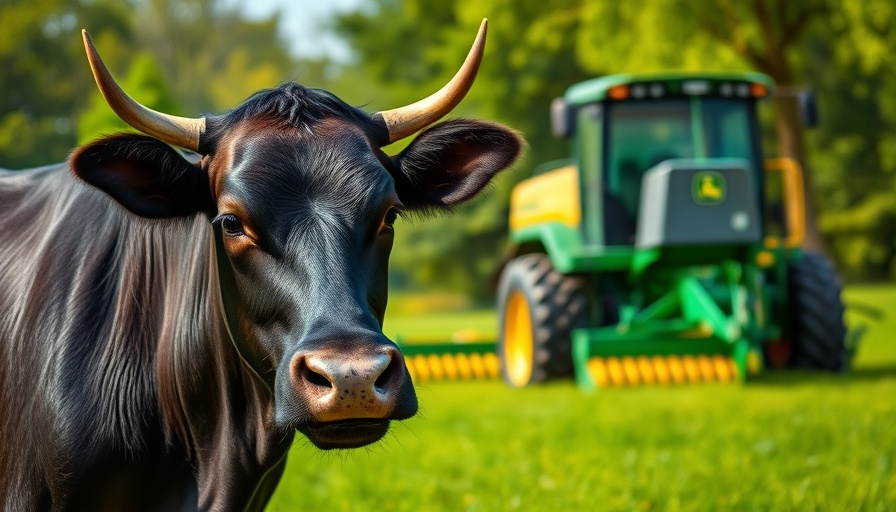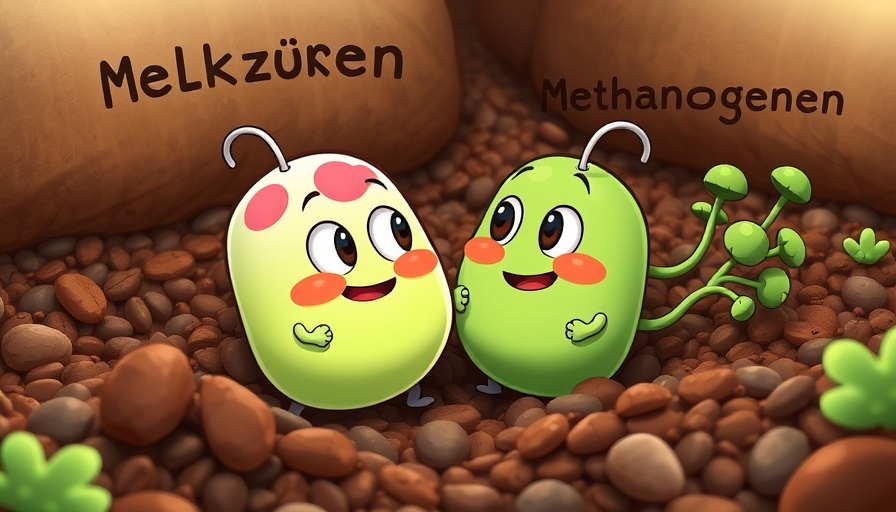
Celebrating Agricultural Heritage with the Deutz-Fahr DX 6.30
In the heart of Brabant, the Deutz-Fahr DX 6.30 stands not merely as machinery but as a testament to enduring agricultural tradition. Built in 1990 with 115 horsepowers, this robust tractor exemplifies the strength and reliability farmers rely on every day. Its air-cooled, six-cylinder Deutz engine provides the grunt needed for demanding farm tasks, while the wide tires ensure stability across rough terrain.
The Role of the Deutz-Fahr in Modern Farming
As agriculture adapts to modern challenges, machines like the Deutz-Fahr DX 6.30 remain vital. This tractor is not just about nostalgia; it plays a key role in contemporary farming practices. According to Jordy Ippel, the tractor's regular operator, "It’s a stunning piece of equipment, well-built and efficient, fulfilling essential roles in our operations." The Ippel Akkerbouw- en Loonbedrijf employs the DX 6.30 for various tasks, including mowing, raking, and managing the intricate tasks of maintaining water levels along the dikes—a critical aspect of effective land management.
Environmental Benefits of Proper Land Management with Deutz-Fahr
One of the noteworthy practices of the Ippel operation involves composting the material collected by the DX 6.30 to be later used as natural fertilizer. This process showcases a sustainable farming approach that aligns with modern environmental ethics. The ability to compost effectively minimizes waste and enhances soil health, presenting a stark contrast to conventional chemical fertilizers.
Why Collectors Are Excited About the Deutz-Fahr DX 6.30
The Deutz-Fahr DX 6.30 is not just a tool for farmers; it has increasingly become a collector's item. Enthusiasts interested in agricultural heritage value the tractor's craftsmanship and historical significance. The POAH! series, which highlights unique pieces of agricultural machinery, has drawn considerable attention, as it presents an opportunity to appreciate both functional and aesthetic qualities of these machines.
Looking Back: The Legacy of the Deutz-Fahr Brand
Founded in the late 19th century, Deutz-Fahr has a storied history within the agricultural machinery landscape. The brand has continuously evolved, shaping the modern generation of farm equipment. The DX 6.30 model reflects decades of engineering expertise and innovation, making it a favorite among farmers and collectors alike. Many older models, with their unique mechanics and design, are coveted for their reliability and distinctive character.
Future Trends in Agricultural Machinery
As we move further into a new era of agriculture, the future of farming equipment is expected to embrace advanced technologies. Innovations such as automation, GPS integration, and improved fuel efficiency are shaping the tractors of tomorrow. However, models like the DX 6.30 remind us of the dependable craftsmanship and robust design that laid the foundation for modern advancements. This tenacity, embodied by models nearing three decades in service, offers a comforting reminder that while technology evolves, some principles of durability and reliability remain constant.
For collectors and enthusiasts, the Deutz-Fahr DX 6.30 is more than a functional vehicle; it represents a bridge between generations, showcasing how traditional farming practices can coexist and adapt in a fast-paced, technology-driven world.
 Rij toevoegen
Rij toevoegen






Write A Comment